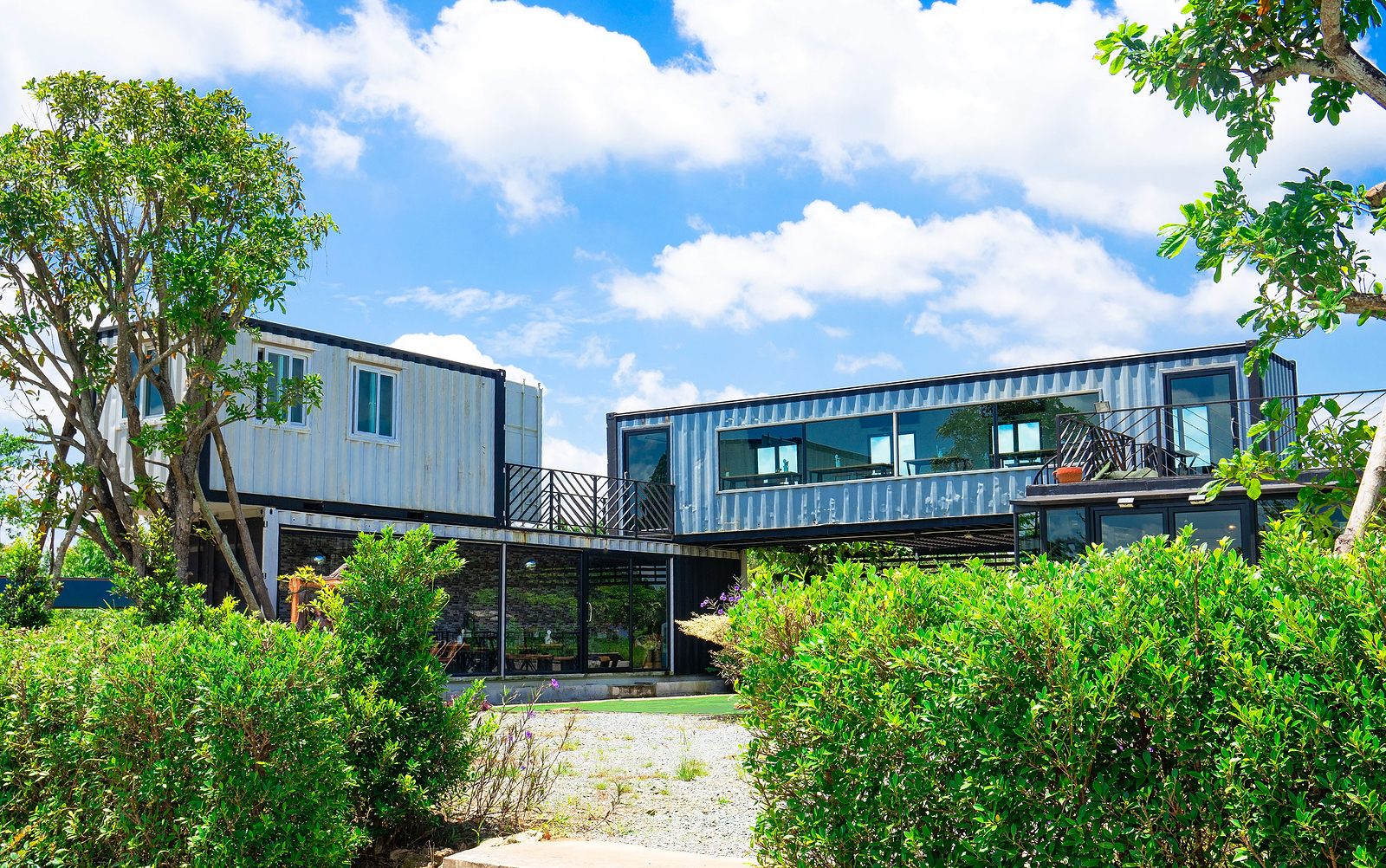One of the most fascinating aspects of modern shipping container conversion culture is how it blurs the lines between temporary and permanent construction, where ostensibly temporary solutions end up being popular enough to remain and outlive supposedly permanent buildings.
There are a lot of examples around the world of this happening, including the pioneering Container City I, but there is another, even larger example of a container housing project intended to solve a very acute problem.
Venice Of The North
The Netherlands’ capital city Amsterdam had by the early 2000s become a victim of its own success.
Thanks to the success of a range of outreach programmes in the late 1990s and early 2000s, a lot of people were coming to Amsterdam for business, education and tourism, and it would not take long before the “Venice of the North” had the same problem as the Italian city of not being able to sustain its own population.
More housing was needed and fast, particularly in the form of low-cost student accommodation as increased popularity had started to price university students out of studying in the capital.
The solution was to take advantage of the principles of containerisation and apply them on the biggest scale that had ever been seen up until that point.
Amsterdam contracted a construction company to produce a temporary, removable but fully-featured shipping container housing campus, which ultimately became Keetwonen, the largest ever shipping container complex at the time and one of the largest to this day.
At the time, container homes were a relatively new concept, with only a few such projects in existence in 2005, so the idea had a degree of novelty as well as trepidation. Could a shipping container home provide sufficient insulation, heat and light to be comfortable?
The answer was a resounding yes, of course, with the 28 square metre space featuring a kitchen and bathroom unit, both amenities that are to this day considered luxuries for student accommodation where communal toilets, showers and kitchens are the norm.
There were 1034 modules in total, and whilst the vast majority were housing, there were also common rooms, a cafe and a laundrette included on the campus as well.
The units were produced on an assembly line, meeting stringent EU building standards whilst also being removable. It could produce 40 housing units a week and the whole project was put together in just eight months.
The clever design despite being designed to be inherently temporary made it one of the most popular campus areas in Amsterdam, both for its design and its affordability.
It was intended to be around for just five years before the whole project would have been relocated or scrapped. However, due to its popularity and high demand, it was kept around until 2018, although it was ultimately torn down at some point between then and 2022.
It managed to last a decade longer than anyone, including their own creators, expected and showcased a way to house the future in a way that was social, comfortable and very affordable.

